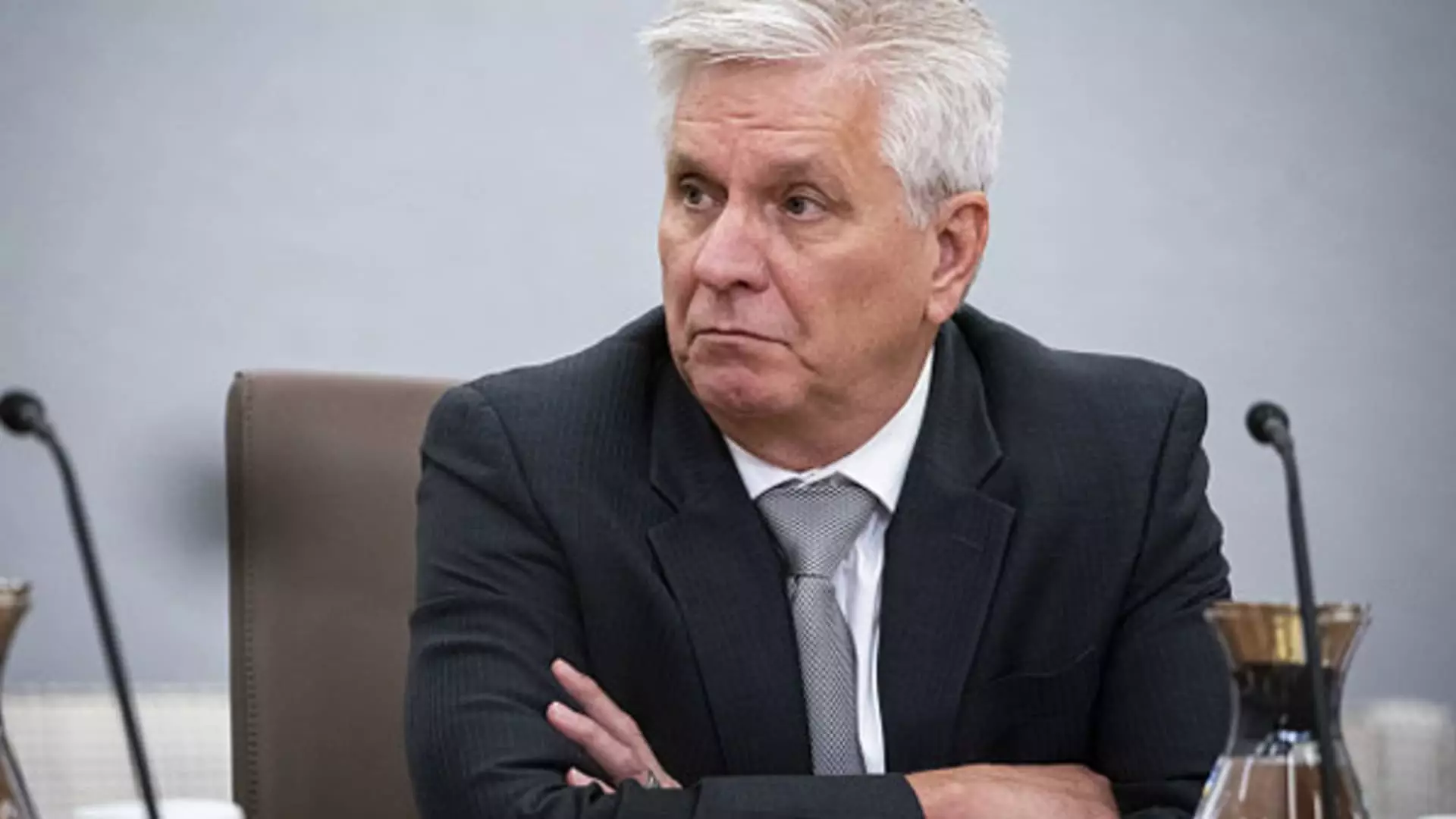In a recent statement, Federal Reserve Governor Christopher Waller has brought attention to the complexities of the current economic landscape. Speaking at a conference at Stanford University on Monday, he underscored that interest rate cuts moving forward may not mirror the abrupt adjustments seen in September. His remarks came amidst a backdrop of strong economic indicators that seem to suggest the economy is not decelerating as expected. Waller’s analysis is pivotal, showcasing the delicate balance the Federal Reserve must strike between promoting growth and curbing inflation.
The Federal Open Market Committee’s (FOMC) decision in September to lower interest rates by 50 basis points was remarkable, marking a decisive shift from the typical preference for more measured, quarter-point reductions. This move was traditionally associated with economic distress, implying a level of urgency that the current indicators seem to dismiss. Ordinarily, the Fed adjusts rates in smaller increments, carefully monitoring the broader economic impacts. Waller’s caution emphasizes the unprecedented nature of this recent cut, suggesting the policymakers remain vigilant and may not be inclined to pursue further aggressive cuts without more definitive evidence of economic slowdown.
Economic Data: A Mixed Bag of Signals
The evidence Waller cites, including a resilient labor market and unexpectedly high inflation metrics, paints a nuanced picture of the economy’s health. The September labor statistics, recently released, indicated growth that defied the previous trend of weakness observed throughout the summer months. This resurgence in employment, combined with consumer price indices exceeding expectations, prompts questions about the sustainability of rate reductions. The revisions in the second quarter’s gross domestic product and gross domestic income also suggest a degree of economic vitality that complicates the Fed’s decision-making process.
Waller’s insistence on a gradual approach to policy rate adjustments is noteworthy. While he acknowledges the potential for further reductions in 2024 and beyond, he remains non-committal about any specific timeline. His remarks suggest that the Fed is at a crossroads, needing to consider not only immediate economic pressures but also the longer-term implications of its actions. As the economic data continues to evolve, Waller’s perspective highlights a crucial tension: how to nurture economic growth while being mindful of inflationary pressures that could jeopardize that growth.
Ultimately, the Federal Reserve, guided by insights like those of Governor Waller, faces a complex balancing act. The interplay of robust labor statistics, fluctuating inflation, and positive GDP growth necessitates a careful approach. Policymakers are tasked with reconciling these factors as they chart a cautious path forward. The economic landscape is vast and intricate, and the choices made now will reverberate for years to come. As the Fed grapples with these decisions, ensuring a healthy economy while maintaining stability remains the central challenge.

